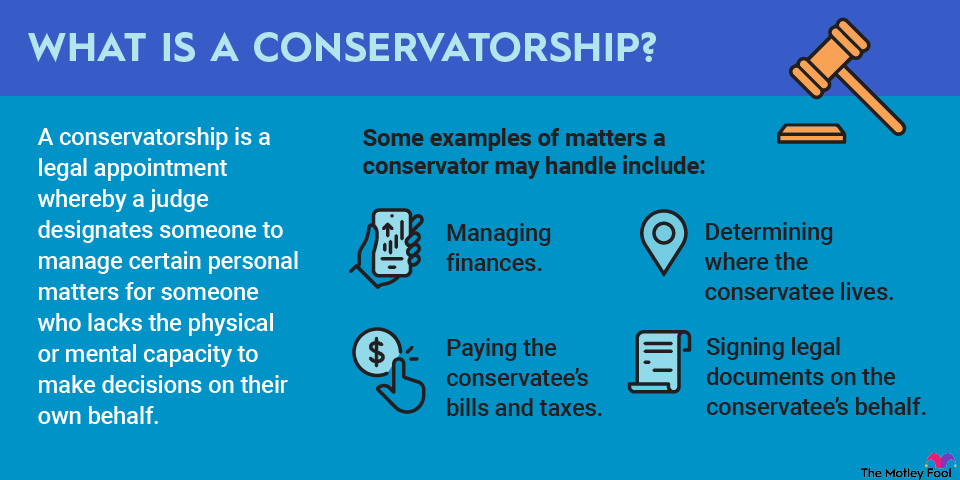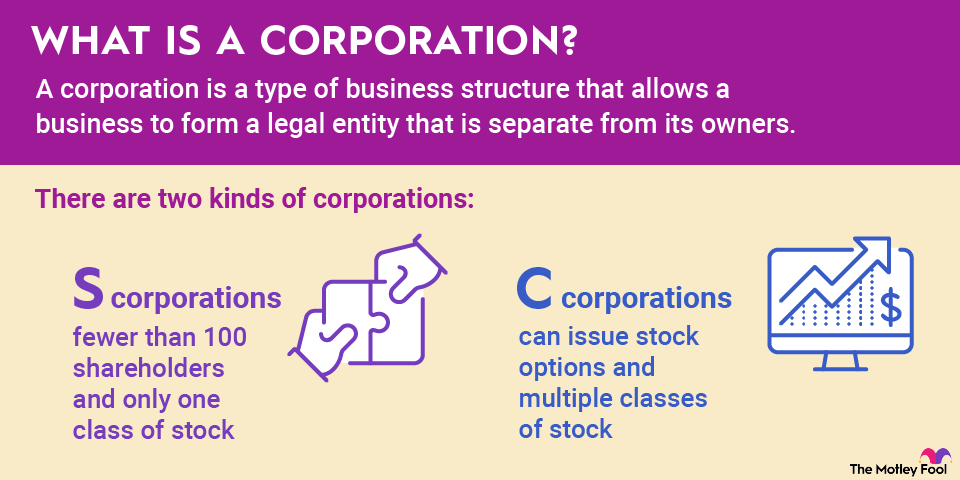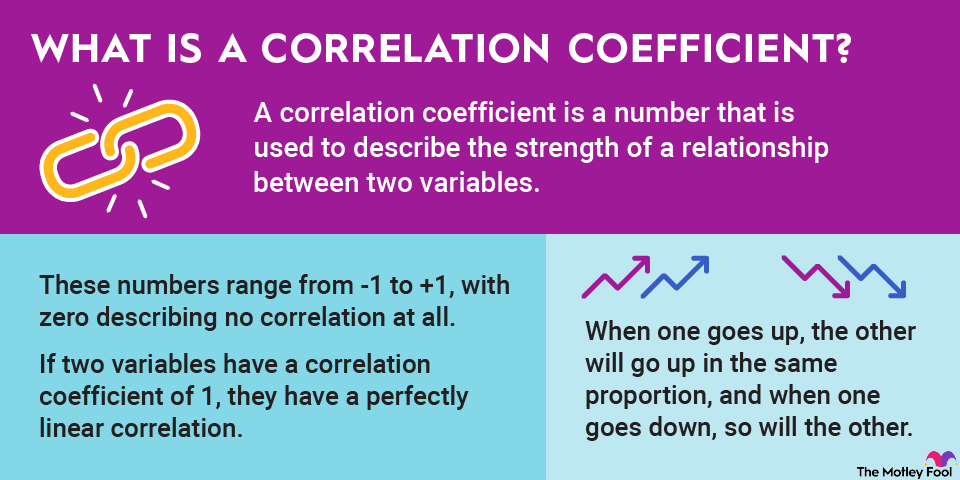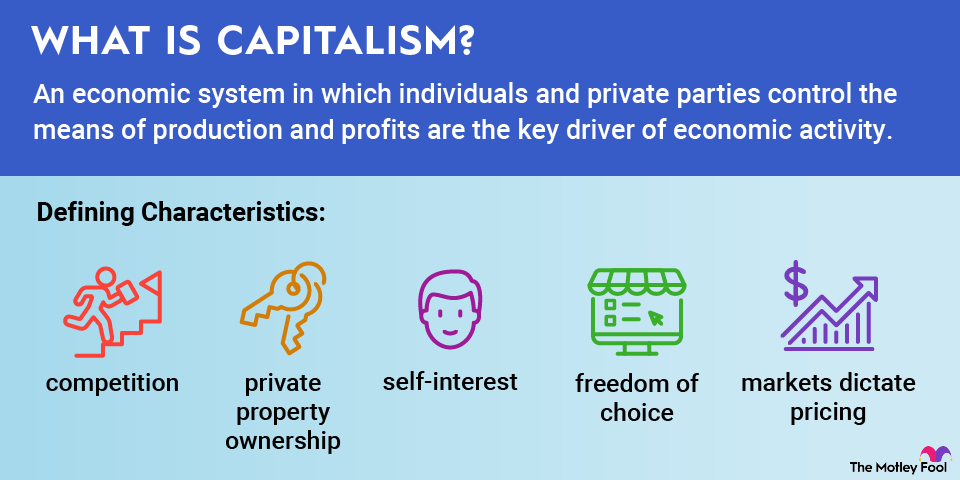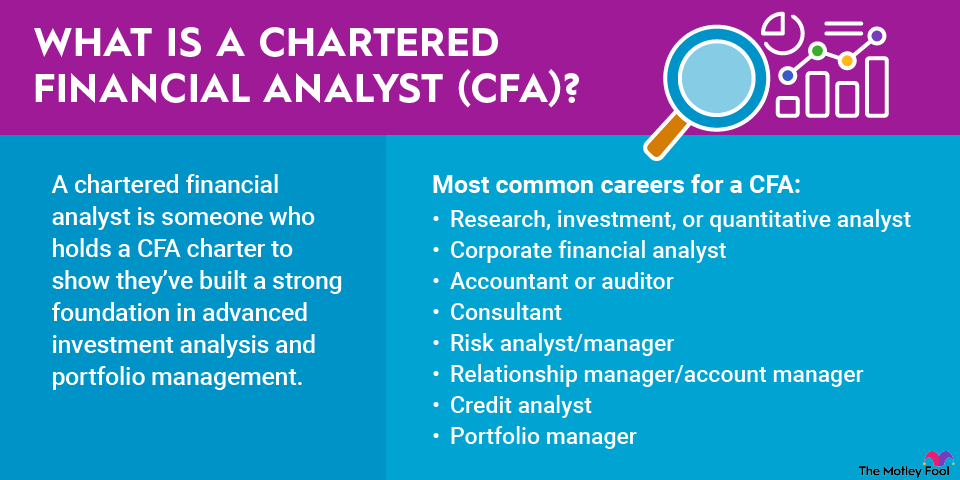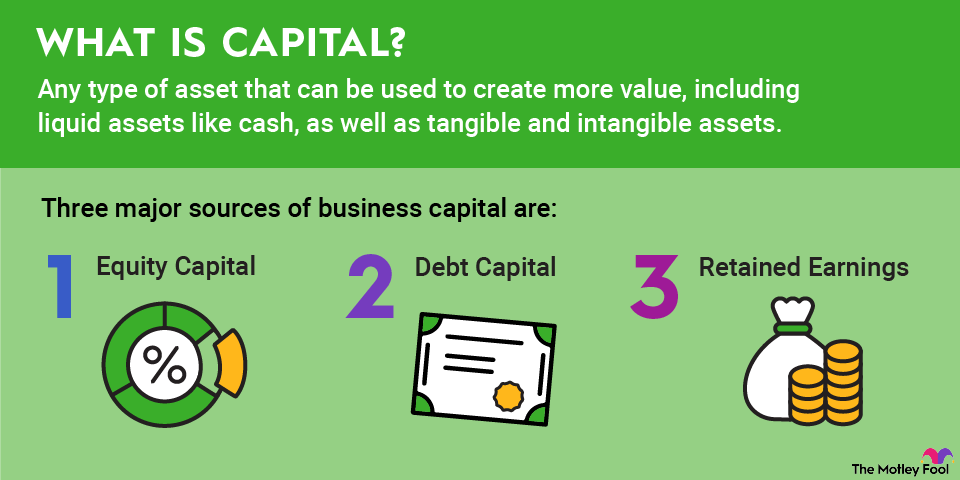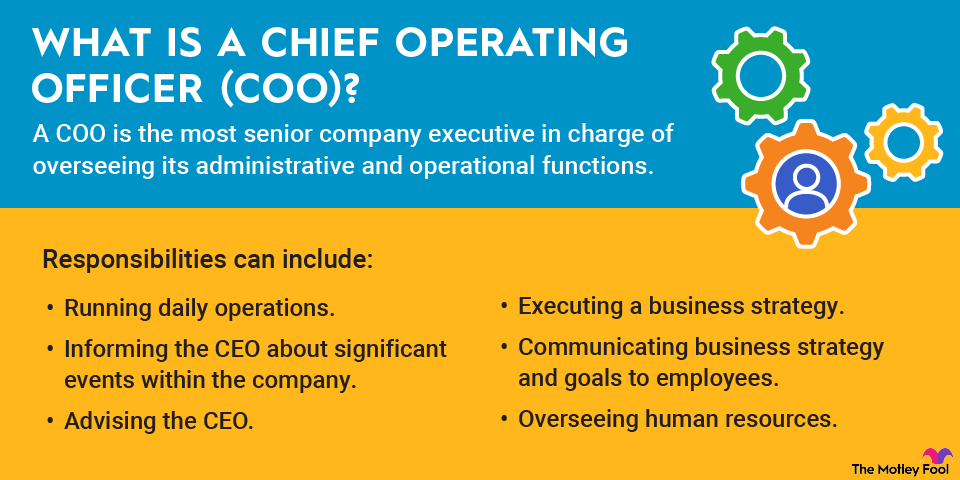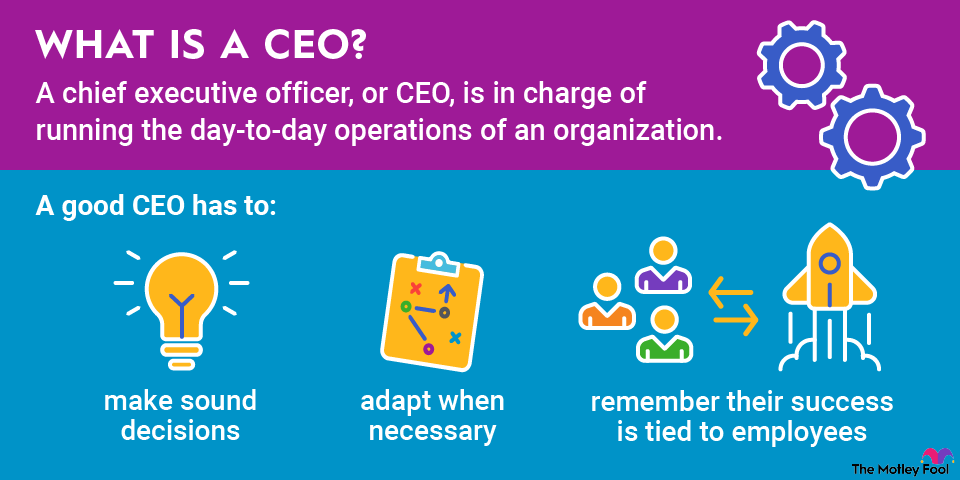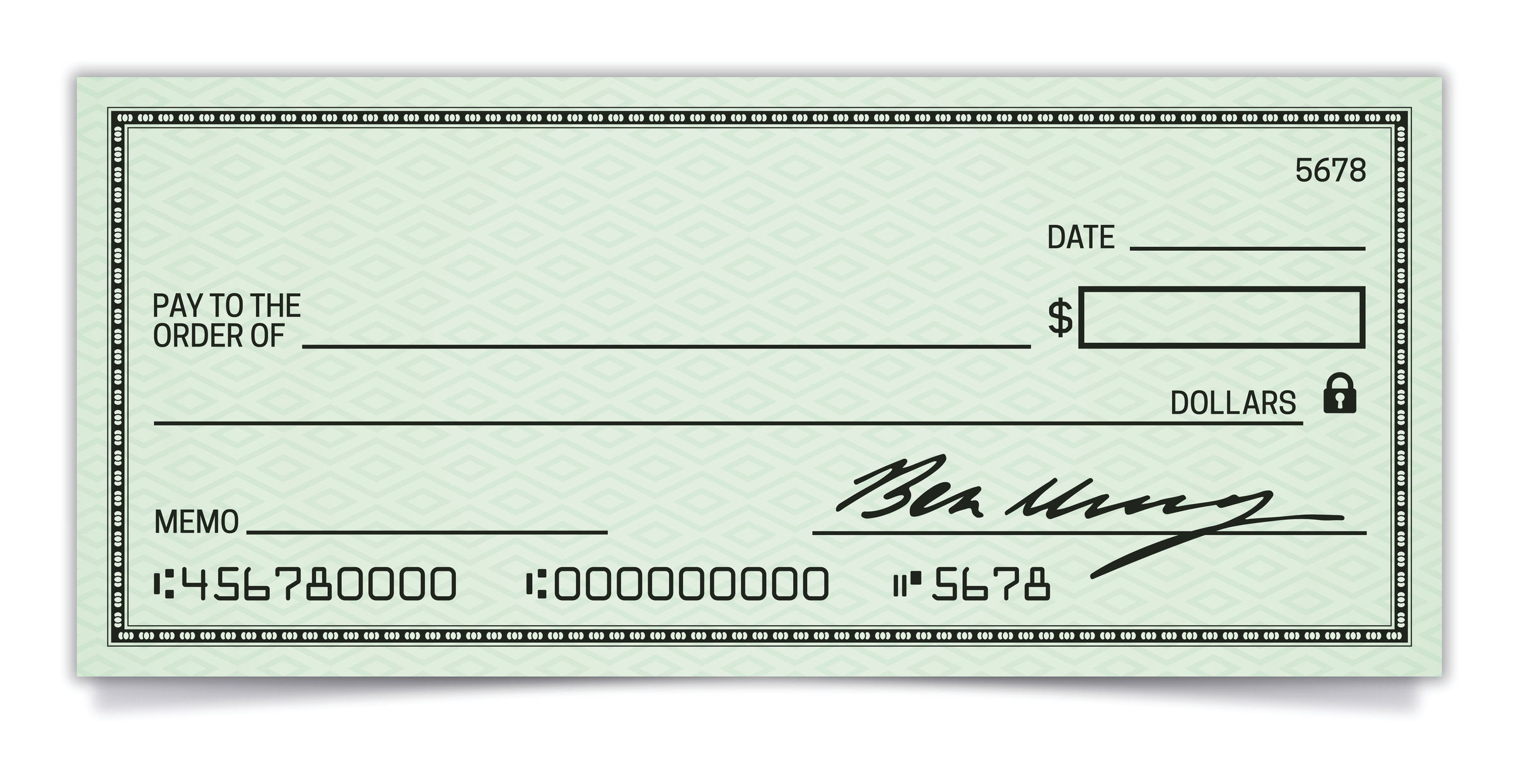A carry trade is an investment strategy that involves borrowing money at a low interest rate and investing it for a potentially higher return. The term typically refers to currency carry trades made through foreign exchange (forex) markets.

How a carry trade works
The basic idea behind carry trades is taking advantage of low interest rates to borrow and invest money. Currency carry trades are most common. An investor borrows money in a currency that has a low interest rate, and then uses it to invest at a higher rate in another currency. However, it's also possible to carry trade without exchanging currencies.
For an example of a currency carry trade, let's say you borrow Japanese yen at a 0.25% interest rate and invest them in U.S. Treasury bills (T-bills) at a 4.5% rate. You'd make a 4.25% profit on what you borrowed, assuming the exchange rates don't fluctuate. Investors who make carry trades often also use futures contracts to take an even more leveraged position and multiply their returns (or, if a trade goes against them, their losses).
Pros and cons of carry trades
During periods of low volatility in forex markets, carry trades can work out very well for investors. They can borrow money at an extremely low cost and put the money in any type of asset they expect to perform well. That could be a conservative investment, such as Treasuries, for a guaranteed return. Or, it could be high-growth investments, such as exchange-traded funds (ETFs) or individual stocks.
The biggest risk is a change in the market conditions and, in turn, the exchange rate for the currencies you're using. Imagine you borrow yen to trade with U.S. dollars. If the yen rises in value during your trade, you're going to need more dollars to pay back what you borrowed.
When a carry trade strategy is no longer profitable, it leads to an unwinding of the carry trade. An unwind is when traders exit their positions as quickly as possible, selling the investments they made with borrowed money and repaying their loans. Time is often of the essence in this situation. If you don't get out quickly, you could end up losing money.
Should you use carry trades with your portfolio?
The risk and complexity of carry trades generally outweigh the rewards, especially with currency carry trades. While retail investors can profit from this investment strategy, it requires knowledge of foreign currencies, and you need to monitor the market for any changes in exchange rates.
A simpler type of carry trade is getting a low-interest loan or line of credit and using it to invest in an asset with a higher return. Some investors try this with a home equity line of credit (HELOC) or a credit card with a 0% APR for an introductory time period (normally by floating bills on the credit card and using the money they save to invest). Either option can work, but your returns are limited by how much you can borrow.
Also, any time you add leverage to your portfolio, you're taking on greater risk. You need to repay the money you borrow, even if the investment you choose ends up losing value.
Related investing topics
Carry trades and the 2008 financial crisis
Investors have used yen-denominated loans for carry trades for decades because of Japan's low interest rates, which averaged just 0.1% in the mid-2000s. Both retail and institutional investors borrowed yen and used them to make investments with U.S. dollars and other high-yielding currencies. And during this time period, many investors made carry trades involving subprime mortgages.
The 2008-09 financial crisis unwound this carry trade. As the subprime mortgage market collapsed, investors rushed to liquidate their positions. The value of the U.S. dollar depreciated compared to the yen, and interest rates in the U.S. dropped. Because of those conditions, carry trades with yen-denominated loans fell out of favor, although they would later become popular again.
